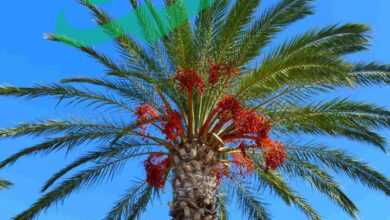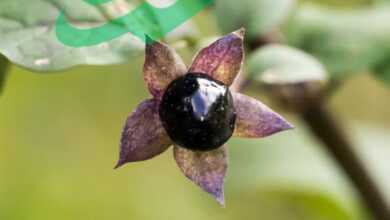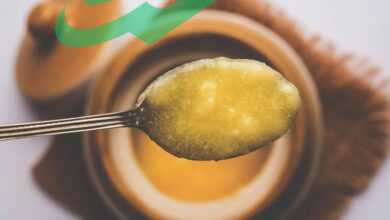Unlock the Secrets of the Oud Tree for Timeless Elegance
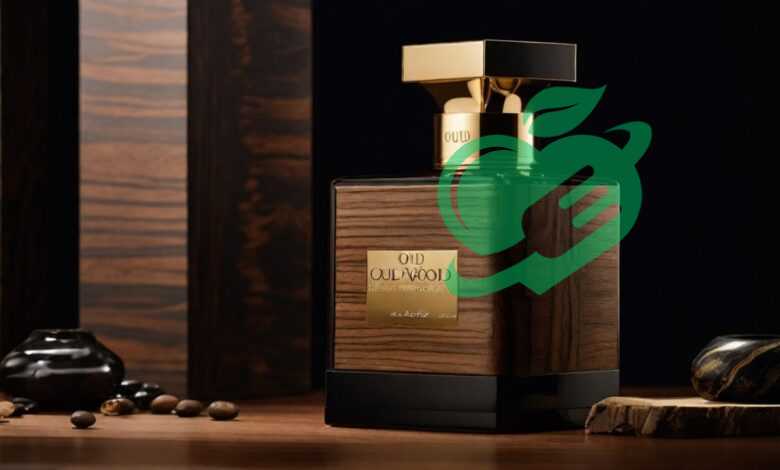
Overview of the Oud Tree
Introduction to the Oud Tree
The Oud tree, known scientifically as Aquilaria, is not just another member of the plant kingdom; it is a treasure trove of cultural significance and aromatic luxury. Found primarily in Southeast Asia, this majestic tree catches the eye with its tall stature and lush green foliage. However, what truly sets the Oud tree apart is its ability to produce a highly sought-after resin that has captivated humans for centuries. For many, the allure of the Oud tree goes beyond its physical form; it embodies rich traditions and rituals, often associated with spirituality and luxury. The resin, also referred to as “oud” or “agarwood,” is not only used in perfumes but also in incense, traditional medicine, and religious ceremonies. It’s fascinating how something so aromatic can hold so much edifying significance in various cultures.
Botanical Characteristics of the Oud Tree
To appreciate the Oud tree fully, it’s important to understand its botanical traits. Here are some noteworthy characteristics:
- Height: The Oud tree can reach a height of up to 40 meters (about 131 feet).
- Leaves: It has thick, leathery leaves that are dark green and oval-shaped, measuring 7-15 cm in length.
- Flowers: The tree produces small, white, or yellow flowers that bloom in clusters, which are delightful to behold.
- Resin Production: Interestingly, the Oud tree only produces resin when it is infected with a specific mold. This resinous heartwood is then cultivated for oud.
The combination of unique physical traits and the fascinating resin production process makes the Oud tree a remarkable subject of study. Its beauty and significance have inspired countless enthusiasts, from perfumers to traditional herbalists, creating a rich tapestry woven around this incredible tree.

Historical Significance of Oud
Cultural and Historical Uses of Oud
The story of Oud extends far beyond its aromatic allure; it’s a fragrant thread woven into the fabric of many cultures across the globe. From the Middle East to Southeast Asia, Oud has held a special place in history and tradition. For instance, in Arabian culture, burning Oud is a time-honored practice during celebrations and gatherings, creating an inviting atmosphere filled with warmth and serenity. Historically, Oud was highly valued and even used as a form of currency in trade. Here are some notable cultural uses:
- Religious Rituals: Oud has been infused in various religious ceremonies, often burned as incense to purify spaces and invite a sense of reverence.
- Traditional Perfume Making: In many regions, Oud has formed the backbone of traditional perfume industries, valued for its rich scent and long-lasting nature.
- Social Use: Offering Oud to guests symbolizes hospitality and respect, deepening social bonds and connections among communities.
Oud in Traditional Medicinal Practices
Apart from its cultural significance, Oud has found a place in traditional medicine, particularly in Asian herbal practices. Ancient texts document its use to treat various ailments. Here’s how Oud makes a difference:
- Anti-inflammatory: Oud oil is often used in traditional remedies for alleviating inflammation and pain.
- Mood Enhancer: The fragrance of Oud is believed to help in relieving stress and promoting relaxation.
- Digestive Aid: Many cultures utilize Oud in teas to foster digestive health.
Through the ages, the applications of Oud have transcended mere luxury to encompass holistic healing, illustrating its significance in not just aromatic realms but also in the preservation of health and well-being. Whether through ritualistic practices or medicinal use, Oud remains a cherished element that continues to enchant and benefit those who encounter it.
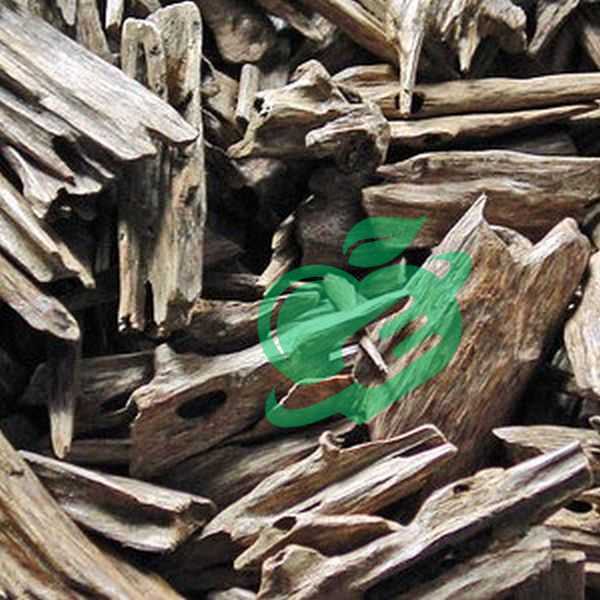
Geographic Distribution of the Oud Tree
Native Regions of the Oud Tree
Continuing our exploration of the Oud tree, it’s fascinating to discover the specific regions where this botanical wonder thrives. The Oud tree primarily hails from Southeast Asia, but its reach extends to several other areas. These native regions include:
- Indonesia: Home to a majority of the world’s oud production, particularly in the islands of Borneo and Sumatra.
- Malaysia: Another significant source of Agarwood, where traditional methods of cultivation are well-practiced.
- India: Certain types of Aquilaria trees can be found in the tropical forests of Assam and West Bengal.
- Vietnam: Known for its high-quality oud, particularly in the form of essential oils.
Popular in these regions, the Oud tree plays a pivotal role in local economies and cultures, supporting both traditional practices and modern industries.
Environmental Conditions for Oud Tree Growth
For enthusiasts eager to cultivate Oud trees, understanding the environmental conditions essential for their growth is key. Oud trees thrive in specific conditions, which include:
- Climate: Preferably tropical to subtropical climates with an average temperature of 25°C to 30°C.
- Soil: Well-drained sandy or loamy soils enriched with organic matter are ideal for healthy growth.
- Humidity: High humidity levels, typically between 70% and 90%, promote optimal growth conditions for these trees.
- Sunlight: Full sunlight during the day encourages strong development, though they can adapt to partial shade.
The Oud tree’s unique requirements underscore the importance of its native regions; each contributes to the tree’s survival and resin production capabilities. As the Oud tree continues to capture the imagination of perfumers and herbalists alike, understanding its habitat can illuminate much about its ancient and contemporary significance. With such rich cultural and ecological backgrounds, the Oud tree is a true marvel of nature.
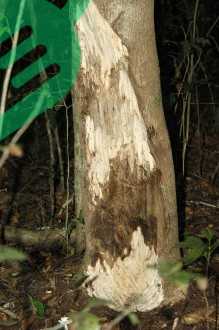
Harvesting and Extraction of Oud
Methods of Obtaining Oud Resin
Having explored the impressive growth of the Oud tree, we now move into the intriguing process of how the prized oud resin is harvested. Obtaining this valuable resin is no small feat; it requires a deep understanding of the Oud tree’s lifecycle and the environmental conditions that lead to resin production. Here are some common methods used to extract oud resin:
- Natural Infection: This is the traditional method where the tree becomes infected with a specific mold, triggering the natural production of resin as a defense mechanism. Harvesters then carefully cut into the tree to collect the resin-rich wood.
- Inoculation: In recent years, artisans have started artificially inoculating trees with the mold to induce resin production more consistently. This practice involves making small incisions into the bark and introducing the mold.
- Tapping: Similar to the process of tapping rubber trees, tapers make incisions over several seasons, with the hope that the tree will respond by producing resin in the affected areas.
Each method offers varying yields and qualities of oud, influencing both economics and the industry’s sustainability.
Oud Distillation Process
Once the resin is obtained, the next crucial step is its distillation, which unlocks the exquisite fragrance of oud. The process generally includes:
- Steam Distillation: The most common technique, where steam passes through the wood, extracting essential oils. This method helps preserve the fundamental essence while enhancing the aroma.
- Hydrodistillation: Involves immersing the wood in water, creating a rich and unique profile of the oil.
- Solvent Extraction: This method uses solvents to create a concentrated extract, ideal for use in perfumes.
Personal recollections from artisans often highlight their patience and artistry during distillation, as they seek the perfect balance between fragrance and quality. The resulting oud oil can take on a myriad of scent notes, transforming the simple act of extraction into a complex, sensory experience. Understanding these harvesting and distillation processes not only enhances appreciation for oud’s aromatic wonders but also emphasizes the dedication required to bring this luxurious element to market.
Read also : Is the Belladonna Nightshade Plant Safe or Sinister?
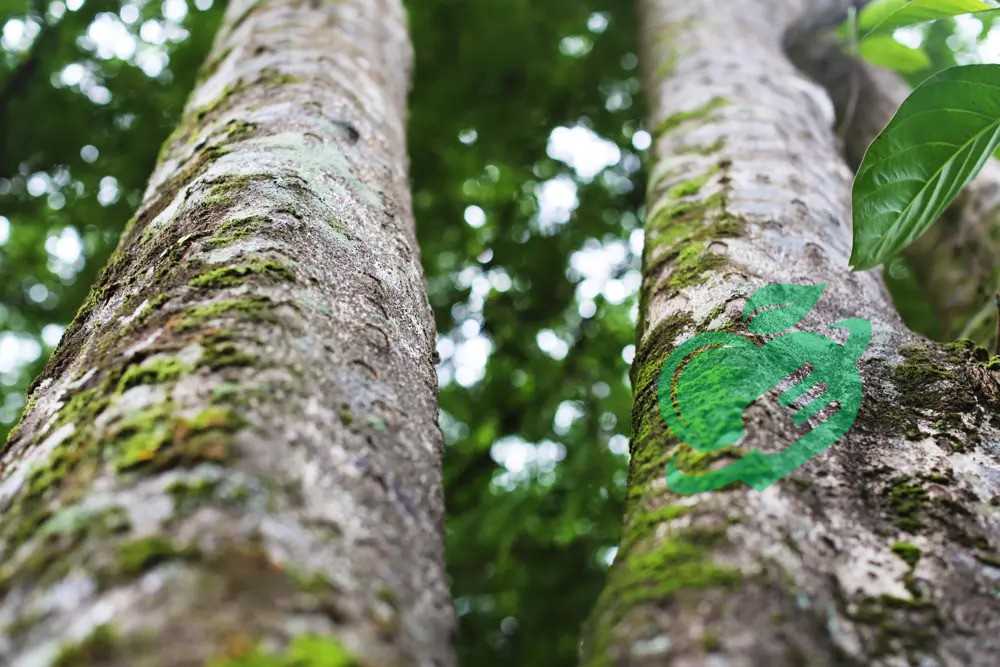
Oud in Perfumery
Oud as a Fragrance Note
As we dive into the realm of perfumery, Oud stands out as one of the most luxurious and coveted fragrance notes in the industry. With its deep, complex aroma, Oud has a rich, woody character that brings warmth and sophistication to any fragrance composition. Imagine walking into a room filled with the intoxicating scent of aged wood, subtly mingled with hints of sweetness and spice—that’s the essence of Oud. Here’s what makes Oud such a magical component in perfumery:
- Versatility: Oud pairs beautifully with a variety of other fragrance notes, including floral, citrus, and spicy elements, allowing perfumers to craft multidimensional scents.
- Longevity: Known for its lasting power, Oud-based fragrances can linger on the skin for hours, making them a popular choice for evening wear and special occasions.
- Cultural Significance: In many cultures, Oud is synonymous with luxury and status, adding an extra layer of meaning to its usage in fragrances.
Popular Oud Perfumes – Oud Tree
When it comes to commercially available perfumes, Oud has taken center stage. Here are some popular oud-infused fragrances that have garnered praise worldwide:
- Tom Ford Oud Wood: A modern classic, its blend of Oud with spices and vanilla creates a captivating and approachable scent.
- Creed Royal Oud: Combining traditional oud with citrus and cedarwood, it offers a fresh yet deep olfactory experience.
- Chanel Les Exclusifs Coromandel: This fragrance balances bold Oud with patchouli and white chocolate for a luxurious twist.
Personal stories from fragrance enthusiasts often share how discovering Oud opened up a whole new world of scent appreciation, evoking feelings of nostalgia and luxury. As the popularity of Oud continues to rise, its unique ability to evoke emotions and memories ensures its permanent place within the hearts and bottles of perfume lovers everywhere. Whether you’re a seasoned fragrance connoisseur or just embarking on your aromatic adventure, exploring Oud is sure to be an unforgettable olfactory journey.

Economic Value of Oud
Oud Trade and Market Trends – Oud Tree
Transitioning from the captivating world of Oud in perfumery, we enter the realm of its economic implications, where Oud not only enchants with its scent but also holds profound economic value. The trading of oud has turned into a lucrative global market, essential for both local economies and international commerce. Here are some noteworthy aspects of the oud trade:
- Market Demand: The demand for oud has seen a remarkable rise, especially in luxury perfumes, incense, and wellness products. This prevalent interest has made Oud a highly valued commodity, fetching prices that can reach thousands of dollars per kilogram.
- Export Markets: Countries like Indonesia, Malaysia, and India have established themselves as leading exporters, catering primarily to Middle Eastern markets, where oud is integral to cultural practices.
- Investment Potential: With the increasing popularity of oud products, some investors see it as a promising area for future growth, leading to more plantations and processing facilities.
The dynamic nature of the oud trade highlights its escalating importance in a globalized marketplace.
Challenges in Oud Sustainability
However, this booming trade is not without its challenges. The sustainability of oud is under threat due to overharvesting and habitat loss. Here are some pressing issues:
- Deforestation: Rapid deforestation, particularly in Southeast Asia, threatens natural oud tree populations, making sustainability efforts crucial.
- Illegal Harvesting: The high market value has led to illegal practices that compromise the integrity and future of oud resources.
- Regulatory Oversight: There’s a growing need for stronger regulations to control harvesting practices and promote sustainable methods.
Personal experiences shared by artisans often reveal their struggles to balance the demand for oud with the necessity of protecting its natural habitat. As awareness around sustainability grows, many in the industry are advocating for responsible practices, ensuring that the allure of oud can endure for generations to come. Addressing these challenges is essential to navigate the intricate landscape of oud’s economic value, allowing both culture and the environment to flourish harmoniously.
Read also : Ghee Is Dairy Free – A Healthy Alternative Explained

Oud Tree Conservation Efforts
Conservation Organizations and Initiatives
As we continue our exploration of Oud’s significance, it’s vital to address the concerted efforts being made towards its conservation. With the challenges in sustainability weighing heavily on the industry, various organizations and initiatives have emerged, striving to protect the Oud tree and its fragile ecosystems. Prominent conservation organizations include:
- World Wildlife Fund (WWF): This global body works tirelessly to protect endangered species, including the Aquilaria tree. They advocate for sustainable agricultural practices and the preservation of natural habitats.
- The International Union for Conservation of Nature (IUCN): They have classified certain species of Aquilaria as endangered, actively promoting research and policies to improve their conservation status.
- Local NGOs: Many grassroots organizations focus on reforestation and educating local communities about sustainable practices.
These efforts not only help conserve the Oud tree but also engage local communities in preserving their cultural heritage.
Sustainable Practices in Oud Production
In tandem with these conservation initiatives, sustainable practices in Oud production are beginning to take root. These practices are crucial for ensuring that the Oud tree remains viable for future generations. Here are some key approaches being adopted:
- Agroforestry: Integrating Oud cultivation with other crops can create a more balanced ecosystem while providing multiple sources of income for farmers.
- Selective Harvesting: Instead of clear-cutting, selective harvesting techniques allow for responsible collection of resin without depleting the trees, promoting their longevity.
- Quality over Quantity: Many producers are focusing on the quality of resin rather than large-scale production. This not only caters to a niche market but also helps in preserving the ecosystem.
Personal testimonies from farmers working within these sustainable frameworks highlight the complex yet rewarding interplay between economic livelihoods and environmental stewardship. Through these concerted efforts, the hope is to maintain the Oud tree’s legacy while guaranteeing a flourishing future—one that honors both our heritage and the life of the planet.
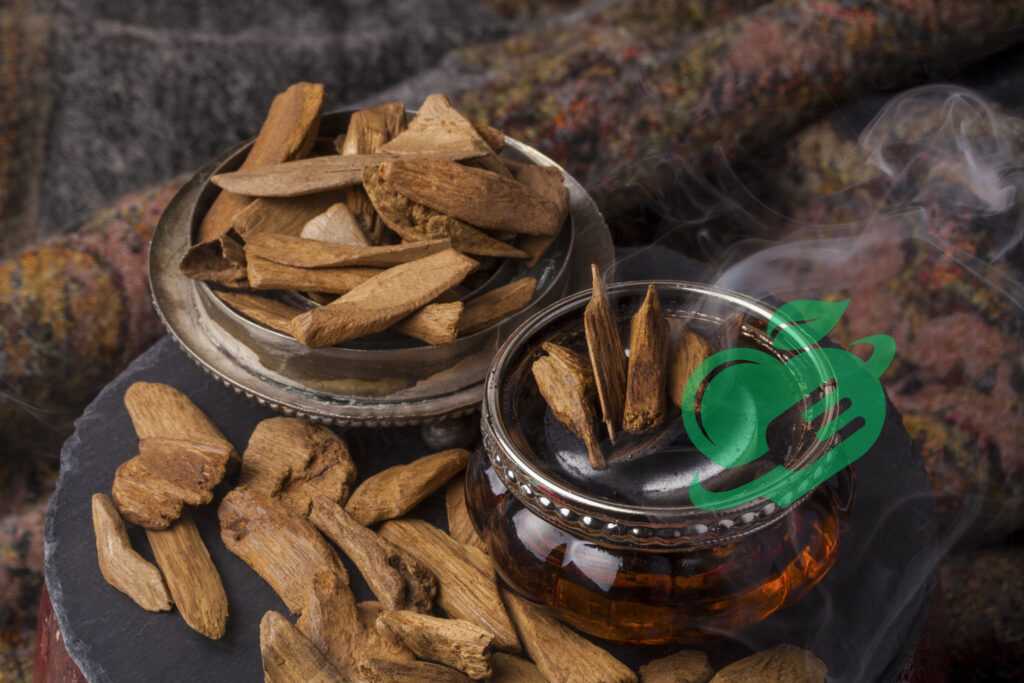
Future Prospects and Research Trends
Innovations in Oud Utilization – Oud Tree
As we delve into the future prospects surrounding the Oud tree, it becomes evident that innovation is playing a pivotal role. The fragrance industry is not the only benefactor of Oud; researchers and entrepreneurs alike are exploring novel ways to leverage its unique properties across various fields. Here are some exciting innovations in Oud utilization:
- Natural Health Products: Oud’s potential as an antimicrobial and anti-inflammatory agent is beginning to attract the attention of the wellness industry. New products such as essential oils, skincare items, and herbal supplements are being formulated with oud extracts.
- Aromatherapy Applications: With its calming properties, Oud is finding its way into aromatherapy practices, with practitioners incorporating it into essential oil blends designed for relaxation and mental clarity.
- Sustainable Packaging: Creatively incorporating oud into biodegradable packaging materials is an emerging trend, marrying sustainability with luxury in product presentation.
These innovations point toward a future where Oud can extend beyond its traditional uses, enriching modern lifestyle products.
Ongoing Studies on Oud Benefits – Oud Tree
In tandem with these innovations, ongoing research is shedding light on the myriad benefits of Oud, prompting further exploration of its potential. Here are some research trends gaining traction:
- Phytochemical Studies: Scientists are investigating the complex chemical compounds in oud oil that may contribute to its therapeutic properties, which can lead to new medicinal applications.
- Cultural Impact Analyses: Researchers are also exploring how Oud enriches cultural practices and influences community economies, making it a vital area of study for anthropologists.
- Ecological Studies: As conservation efforts continue, studies focusing on the ecological roles of Aquilaria trees are essential in understanding how they contribute to biodiversity.
Personal anecdotes from researchers often highlight the thrill of discovering previously unknown benefits of this ancient wood, making it clear that Oud holds a treasure trove of insights yet to be uncovered. The future of Oud is bright, full of exciting possibilities that not only honor its rich heritage but also reinforce its relevance in our modern world.

Conclusion
Insights Gained from Exploring the Oud Tree
As we wrap up our exploration of the Oud tree, it’s clear that this remarkable species does more than produce a coveted resin; it embodies a rich tapestry of cultural heritage, economic significance, and environmental importance. Our journey through the Oud tree’s lifecycle—from its natural habitats and harvesting methods to its place in perfumery and sustainability—offers a multifaceted understanding of its value. Some key insights include:
- Cultural Richness: Oud is not only a fragrance; it’s a part of traditions, rituals, and social practices that transcend borders.
- Economic Dynamics: The Oud trade plays a vital role in supporting local economies, but with that comes responsibility for sustainable practices.
- Innovative Potential: New applications and research into Oud’s benefits open doors for broader utilization in health, wellness, and even eco-friendly products.
These insights highlight the importance of respecting and preserving the Oud tree not just for its resin but for its broader impact on ecosystems and communities.
The Continuing Mysteries and Allure of Oud Tree
Despite all that we have learned, the Oud tree still holds many mysteries. Each encounter with its fragrance can spark curiosity, leading to personal stories and interpretations of its profound aroma. The allure of Oud lies in its complexity; the way it intertwines with our emotions and memories makes it a timeless treasure. Continuing research and innovative explorations promise to unveil new facets of this enigmatic tree, fueling fascination in both traditional and modern contexts. As we embrace the enchanting world of Oud, it serves as a constant reminder of nature’s artistry, cultural depth, and the continuous journey of discovery we embark upon when we remain open to its scents and stories. The Oud tree will undoubtedly continue to inspire future generations, ensuring that its legacy endures for years to come.
